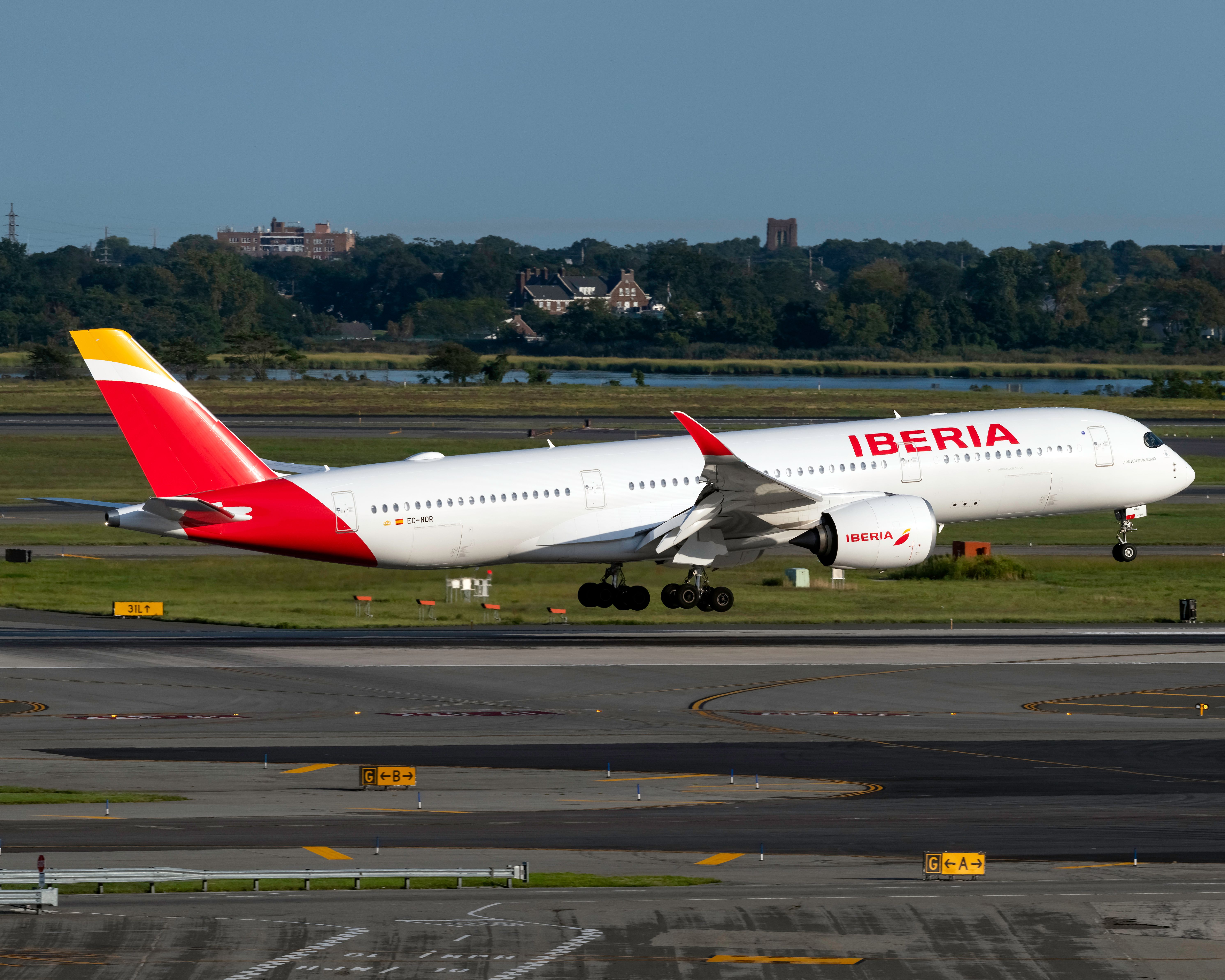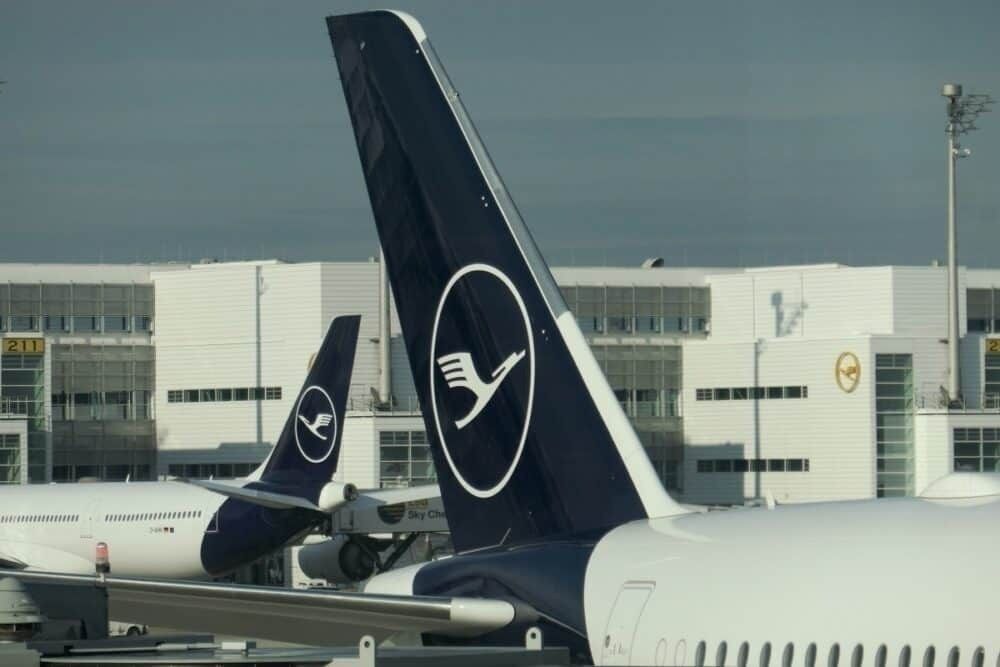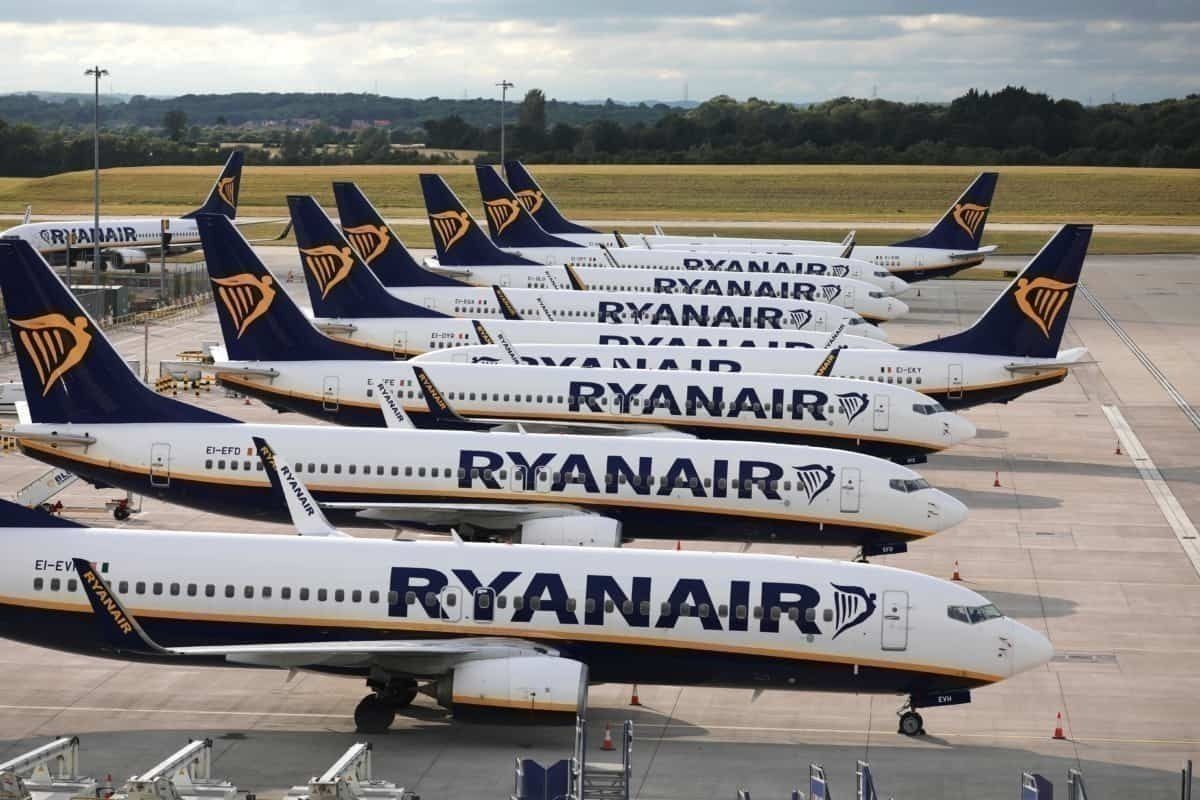Italy's new flag carrier, ITA Airways, has furthered its commitment to developing intermodality in its home nation, a complex market both from socio-economic and geographical points of view. To this end, the carrier has signed a new deal with Itabus to further its reach in the market.
One ticket from Perugia and Pescara to the world
In its 2021-2025 business plan, ITA Airways based its growth objectives, among others, on the solid commitment to developing intermodality, or mixed-mode journeys, in the country.
On September 30th, the new Italian national carrier announced a new partnership with Itabus, an Italian company providing bus services. Starting December 1st, Itabus will provide bus services from two cities, Perugia, in the region of Umbria, and Pescara, in the region of Abruzzo, to Rome Fiumicino Leonardo da Vinci International Airport (FCO). From here, passengers can seamlessly board an ITA Airways flight to any destinations in its network and beyond, thanks to the already-in-place codeshare agreements with its partner airlines.
Thanks to the partnership, the integrated service will be purchased on all ITA Airways' sale channels, including call centers, travel agencies, and on the airline's website. Itabus will dedicate some of its buses specifically to this service, which envisages two daily connections to/from Fiumicino Airport and Perugia/Pescara. The bus rides connecting the two Italian cities to the airline's hub will have an ITA Airways callsign - AZ - as if they were flights.
|
Perugia (PXB) - Fiumicino (FCO) |
Fiumicino (FCO) - Perugia (PXB) |
Pescara (PXC) - Fiumicino (FCO) |
Fiumicino (FCO) - Pescara (PXC) |
|
AZ 900: 04:10 - 07:20 |
AZ 901: 10:00 - 13:10 |
AZ 906: 04:05 - 07:20 |
AZ 907: 10:00 - 13:15 |
|
AZ 904: 15:20 - 18:30 |
AZ 905: 22:20 - 01:30 |
AZ 910: 15:15 - 18:30 |
AZ 911: 22:20 - 01:35 |
To use the service, passengers only need to check in online on ITA Airways' website and arrive at the bus station half an hour before the scheduled departure time. Itabus' vehicles are of the latest generation, with reduced CO2 emissions and different onboard services, including toilets and free WiFi. At Fiumicino Airport, Itabus will depart from a specified pick-up point, the "Polo Bus" at Terminal 3 arrivals, docks 5-11.
Intermodality: the future of air travel
Besides being environmentally friendly, intermodality has already proved vital to an airline's traffic growth. Sometimes a passenger's final destination is not the city served by the airport, which implies an additional journey is required. Therefore, passengers often need to purchase a plane ticket and then complement it with another train or bus ticket.
The strategy of offering a single ticket integrating a flight and a train or bus ride has revolutionized the industry. For instance, Iberia, which, according to the Official Airline Guide (OAG), is the leading carrier between Western Europe and Central America, adopted intermodality to increase traffic in the Mexico-Europe market pair. Similarly to ITA Airways, Iberia established a partnership with a Mexican bus line to allow people within a two-hour distance from Mexico City to conveniently buy a single, integrated ticket to Mexico City Airport (MEX) and, from there, catch an Iberia flight to Europe.
The relevance of intermodality became apparent when the largest airline alliance, Star Alliance, established a partnership with the primary German train operator, the Deutsche Bahn (DB). Following the agreement, all Star Alliance members can combine a plane ticket with an onward train connection throughout Germany. Dedicated services and facilities also ensure convenience for passengers, and frequent flyers can accrue miles for train journeys that are part of an integrated ticket.
Intermodality seems to be a winning card not just for Full-Service carriers (FSC) but also for budget airlines. For instance, easyJet partnered with Deutsche Bahn (DB), adding the train operator to its "Worldwide by easyJet" program. The added value of intermodality for airlines, regardless of their business model, is that they can enhance one of their most important asset, the network, without the need to actually fly, i.e., they improve the offer virtually without increasing costs.
Italy: a market where intermodality is urgently needed rather than desirable
Italy is a particularly profitable market in Europe; however, it is not easy for a full-service carrier to operate efficiently.
Although various obstacles hindered Alitalia's success, it is undeniable that the characteristics of its home market contributed to making things even more complicated. Aviation Strategy once defined Italy as a country virtually divided into two separate realities: the North, and particularly Milan, represent the economic heart of the peninsula, where most of the nation's Gross Domestic Product (GDP) comes from.
The South, or Mezzogiorno, is a relatively poor area, with an average per capita income less than half that of the North. Consequently, a single-hub strategy focused on Rome would spill the rich demand of the wealthy North to European network carriers, which already channel a relevant portion of the traffic to their European hubs.
Besides the socio-economic aspect, Italy also has a peculiar geographic shape, characterized by mountain ranges, hilly areas, and lakes. Therefore, connectivity to major international airports is sometimes everything but seamless. When it developed its 2021-2025 business plan, ITA Airways was aware of the urgent need to invest in Air-Rail and Air-Bus intermodality to enhance the catchment area of its main hub, Rome. Indeed, most Central and Southern Italy cities rely on smaller, regional airports, mainly served by low-cost carriers that have taken advantage of this region's average lower income levels.
However, for intercontinental flights, people need to travel to Rome or other European hubs. Therefore, to cap competition from European network carriers and to increase traffic volume, intermodality is the best card ITA Airways can play to grow in its home market.
How relevant do you think intermodality can be for ITA AIrways' growth in Italy? Let us know in the comment section below!
Source: Aviation Strategy

-(1).jpg)
.jpg)
.jpg)


-EI-WLA-(3).JPG)
